The roles of payers and providers are overlapping as networks and organizations search for new ways to manage costs and increase profits. The well-defined responsibilities of the fee-for-service model seem to be diminishing as health care organizations move toward value-based care models. This means providers need sophisticated capabilities to mitigate risk and evaluate costs as they are incurred going forward. In-house data silos built around the traditional fee-for-service model are no longer sufficient or cost-effective for today’s innovative medical needs.
Total cost of care
As providers are suddenly tasked with the enormous responsibility of managing the total cost of patient care under new value-based initiatives, they are finding that the need to leverage patient health data extends beyond just patient care. Not only are they being compelled to modify care delivery, but they must also find new ways to manage expenditures in the process.
Gone are the days of quantity-based health care and third-party incentives. Today’s health care is about leveraging technology and taking a new, transparent approach based on patient experience and measurable data.
The interoperability of health information systems can help reduce costs on the care continuum while increasing efficiencies that lead to better care quality. This type of data is useful to constrain costs with practices like telehealth medicine, localized distributed settings and customized care plans that deviate from the standardized one-size-fits-all approach.
Population health outcomes
The value-based model shifts the focus of care from the number of individual services to those that keep a population healthy. It incorporates all resources a patient may access during their care continuum for any specific episode of care, including maintenance. Health care providers and organizations are financially compensated for positive efficient care delivery with measurable results. This type of coordinated care effort is shifting the focus from single objective revenue growth to margin management. Since both payers and providers have complementary marginal improvement goals, a healthier populace stands to benefit from the success of each.
To make these benefits a reality, it is necessary to practice proactive care rather than reactive medicine and to measure performance outcomes in real-time. These outcomes may be measured by demographics, by geographic location, or by some other populace standard. The standard of measure provides a path to improvement and therefore value. Healthcare will soon be based on the quality of care rather than the number of procedures, and that quality must be measured as care is provided.
Advanced analytics
Going forward, advanced analytics will help evaluate the cost and quality of patient care even before it is delivered. This will help complete the metamorphosis of the current patient care system to a more proactive patient health system. Predictive analytics that incorporate artificial intelligence can help providers deliver the right modality of care and suggest treatment protocols that worked with other patients showing similar symptoms. This technology increases the likelihood of patients receiving the right care earlier.
This type of intelligence can also anticipate unique and individual medical needs based on personal social and demographic data in the blink of an eye, eliminating costly mistakes and laborious administrative hours.
As real-time analytics become more popular, it exposes opportunities for earlier health care intervention and improvement. Patient-facing care models based on in-the-moment analysis make it possible to move toward a preventive care model that results in a healthier society. These advanced analytics are incorporating machine learning and artificial intelligence to provide the information providers need to mitigate risk while implementing care management practices rooted in value-based initiatives. Patient-facing applications will help provide a higher standard of care moving forward because of real-time analytics that improves efficacy and value.



